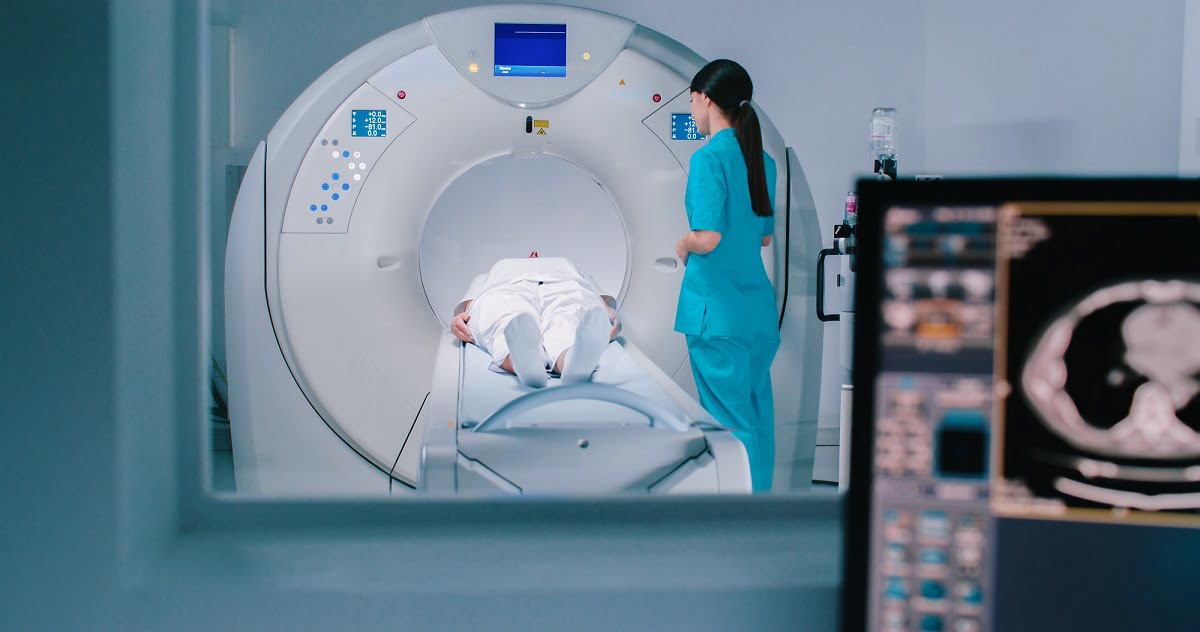Why is a CT KUB with Contrast Important?
This imaging test plays a crucial role in diagnosing and evaluating a range of conditions related to the urinary system. Here are some key reasons why a CT KUB with Contrast is often recommended:
1. Detailed Assessment of Kidney Stones: While a standard non-contrast CT KUB is effective for detecting kidney stones, using contrast dye can help differentiate stones from other masses or tumors in the kidneys and surrounding tissues. It also provides better visualization of complex stones or those causing complications.
2. Detection of Tumors and Masses: The contrast-enhanced scan can detect and evaluate masses such as cysts, benign tumors, and cancers in the kidneys, ureters, or bladder. The dye highlights abnormal tissue growth, aiding in early detection and accurate assessment.
3. Evaluation of Urinary Tract Obstructions: A CT KUB with contrast is helpful in identifying blockages in the ureters caused by stones, tumors, or strictures (narrowing of the ureters). The scan can also reveal swelling (hydronephrosis) due to obstruction, guiding appropriate treatment.
4. Diagnosis of Infections and Inflammation: This scan can detect signs of infections like pyelonephritis (kidney infection) and cystitis (bladder infection), especially when they do not respond to standard treatments. The enhanced images help identify areas of inflammation or abscesses.
5. Assessment of Blood Flow and Vascular Abnormalities: The contrast dye helps outline the blood vessels in the kidneys, allowing for the detection of vascular issues such as renal artery stenosis (narrowing of the arteries), aneurysms, and blood clots.
How is the CT KUB with Contrast Performed?
The procedure for a CT KUB with Contrast includes the following steps:
1. Preparation:
Fasting: Patients are typically required to fast for 4 to 6 hours before the scan. Fasting helps reduce the risk of adverse reactions to the contrast dye and ensures clearer images. Hydration: Staying hydrated is important to help flush the contrast dye out of the system after the scan. Patients are encouraged to drink plenty of water before and after the procedure.Allergy Check: It is essential to inform the healthcare provider of any known allergies, particularly to iodine, shellfish, or previous contrast dyes, as this could indicate a risk of allergic reaction.
2. Administration of Contrast Dye:
The contrast dye is injected into a vein in the arm. Patients may feel a warm sensation or a metallic taste in the mouth, but these effects usually subside quickly.
3. Scanning Process:
The patient lies on a motorized table, usually on their back. The table slides into the CT scanner, a large, donut-shaped machine. The scanner rotates around the patient, taking multiple X-ray images from different angles, which are compiled to create detailed, cross-sectional images of the kidneys, ureters, and bladder.
4. Duration:
The scan typically takes about 10 to 20 minutes. Including preparation and post-scan instructions, the entire appointment may last around 30 to 45 minutes.
5. Post-Scan Care:
After the scan, patients are advised to drink plenty of fluids to help flush the contrast dye from their system. They can usually resume normal activities immediately unless instructed otherwise by their healthcare provider.
Who Should Consider a CT KUB with Contrast?
This test is particularly beneficial for patients with symptoms or conditions related to the urinary system:
1. Persistent or Severe Flank Pain: This scan can help determine whether kidney stones or other obstructions are causing severe pain in the back or sides for patients experiencing this condition.
2. Hematuria (Blood in Urine): If blood is detected in the urine, a CT KUB with contrast can help identify the source, such as a kidney tumor, bladder cancer, or infection.
3. Recurrent Urinary Tract Infections (UTIs): In patients with chronic or recurrent UTIs, this scan can reveal structural abnormalities or obstructions contributing to the infections.
4. Evaluation of Known or Suspected Tumors: For patients with a history of kidney or bladder cancer, or when a mass is suspected, this scan helps in assessing the size, spread, and characteristics of the tumor.









